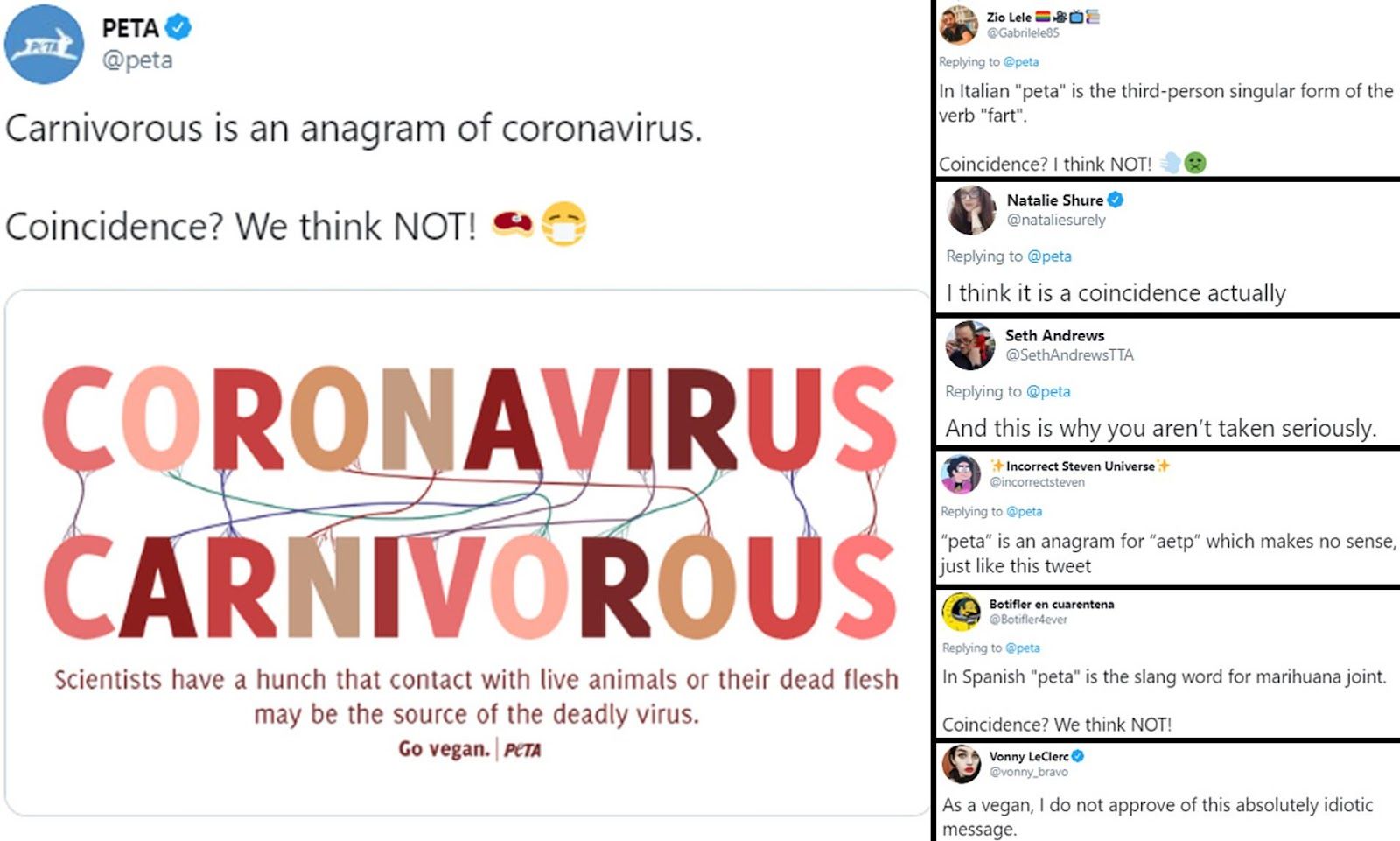Dangers of Twitter for Students
Many students use Twitter as their trusted source of news, information and facts. The bird advocates free-tweeting but the bird-song can be damaging.
Hashtag Danger
The Little birdie sitting in a hashtag cage
The infamous blue bird was created by Noah Glass, Biz Stone and Evan Williams. The bird has been tweeting since March 2006. In the year of 2021, Twitter had already attained more than 400 million users, of which 206 million tweet daily. Many students use Twitter as their trusted source of news, information and facts. 60% think that Twitter protects their privacy and data. These birds love to tweet. But are the bird songs always so safe?

Here we list 10 Dangers of Twitter for Students in 2022
1. The little birdie likes to lie
Many young students use Twitter as their trusted source of news, information and facts. In 2021, this has become an even more detrimental issue since one of the most popular hashtags according to Twitter in 2021 was #covid19. Students are in real jeopardy if they are being exposed to fake Twitter news. During the second wave of the pandemic, the microblogging site became the default Covid-19 helpline for people. The bird advocates free-tweeting but the bird-song can be damaging.

Above is a real-life example of dark satire poking fun at the level of misguided information and conspiracy theories that float around the Twitter feed cycle. Such messages and false pods of information could be misconstrued by many impressionable students. Ideas which are not based on factual evidence may sway their beliefs due to a myriad forms of mis-informed conspiracy theories, and propaganda which flood the re-tweeting world.
2. The little birdie likes to impress and mislead
These birds also love hashtags. On a similar token, as well as #covid19, other common hashtags, according to Twitter in 2021 were; #Bitcoin. In 2021, it was not only common to see the hashtag #covid19 but also the hashtags #vaccines and the hashtag #Bitcoin.
Information regarding Bitcoin and Bitcoin glorification may cause a lot of harm for young students with an entrepreneurship spirit. They may be swayed to pursue uncredited tutorials, follow get-rich-quick schemes through scammers who offer links to Bitcoin courses or insecure platforms. This holds true for many other scammers with other glorified promises and miscellaneous links to other insecure platforms allowing students to be bait for the scamming rod. Just always check that your information is legit!
"Hashtags hashtags hashtags floating in the mind"
3. The Twitter bird's Echo chamber
Relatedly, the echo chamber or otherwise known as the filter bubble, is also a phenomenon which occurs in the Twitter world. The filter bubble refers to the process by which an internet user is only exposed to information and opinions that reinforce their own beliefs, arising from algorithms that personalize an individual's online experience.
Personalization of the web could slowly isolate individual users into bubbles on their own. The echo chamber then refers to people who only view and retweet information echoed through followers that they follow; reinforcing their beliefs even if they are not accurate.

4. The ‘Tweet’ wars
Twitter is filled with a torrent of godly opinions, sharp rebukes, undermining jokes and sarcastic commentaries. The issue is that the comments are never ending. It’s like a battleground. These are interminable comments which can go on forever.
A war of tweets! Young and impressionable minds may not be prepared for the on-going slaughter. It may escalate at such a rapid level that the tweets and harmful comments may recycle, or re-emerge in the individual's direct messaging inbox.
What is more, as re-tweeting is possible on Twitter, an individual or young students' tweets may go viral. This may lead to further comments and world-wide scrutiny or negative feedback that a student may not be prepared to face.

5. These birds like to cyber-bully
Sticks and stones may break your bones but the tweets may really harm you!
The issue with cyberbullying as opposed to real-life bullying is that what's said on Twitter, or any digital platform for that matter, never disappears. Once it’s posted, it’s there for all to see. Cyberbullying is worse than traditional bullying. It lives on in black and white. So cyberbullying isn’t old news but Twitter brings it to a whole new level. It allows a congregation of attacks from multiple retweets.
What makes this form of bullying so dangerous is that there are no emotional cues involved. The bullies are anonymous and the depersonalization of it makes the bullying that much easier for the attackers.
Another issue is that anyone could potentially be cyberbullying somebody without even realising it. The lack of emotional cues and the lack of context in our tweets may be harming another student or individual without our knowledge.
6. Subtweeting; make the bird dong stop
Subtweeting is another Twitter-phenomenon which has become the new form of invisible or anonymous cyberbullying which is one of the most distressing forms of bullying for young students.
This is when the name of who is being bullied is never mentioned but implied as a private joke. This is very harmful because no blame can be easily traced to any specific Twitter attackers. It also makes the victim feel isolated.
And remember there is no Twitter-rehab to help students with this form of tweeting abuse.
7. Sexual grooming and exploitation
Let’s turn the danger up a notch with this one.
Things can get even more serious as creepy people can make arrangements to meet you online through your Twitter feed.
These weirdos can creep into your DMs or even find your location which can be exposed and even start to stalk you; yikes! Or you may find strange photo-shopped images of you floating around on the internet. If you’re going to use Twitter at least set your location to unseen and monitor who you follow and try to keep your Twitter at a private setting.
8. The Bird is an identity thief; Impersonation
Similar to the previous point, you may not even know if the person you’re in contact with is even the person they say they are. This is dangerous on so many levels. You may not even see it coming, as social media like Twitter are one of the greatest ways an individual can gain your trust.
They may appear to have a noble cause, share the same interests as you and even cast their charms on you. You may even think they’re a public figure.
Don’t be fooled; double check; triple check!

9. Bird Addiction the tweets must go on
Twitter is a source of instant gratification. All of those likes and followers surely gives students an instant dopamine high. However, the cost is also high.What a productivity killer! The dose is just too addictive. Before you know it, students are stapled to their screens. Trapped in the birdie cage.
The issue is that Twitter can feel like a crossroad of streams. Just when you’ve gotten to the end of one stream of content; you are whirl-pooled into yet another stream. You are again swirled into an endless river of scrolling, retweeting, swiping and clicking until your thumbs are sore and your eyes have lost the will to open up again.
10. Doxxing on Twitter
In 2013, Twitter had been infiltrated with malware hackers who hacked into Twitter and stole thousands upon thousands of logins; many accounts were compromised.
Unless you want shameful statements or private photographs of you exploited and retweeted all over the internet, or your phone number leaked across Twitter ensure that your login and authentication systems are extremely efficient. You want to prevent your own private information from leaking on Twitter.
Ensure connections to third parties are revoked and that you update your password regularly. For more information about this check our our blog on How to avoid getting Doxxed on Twitter.

